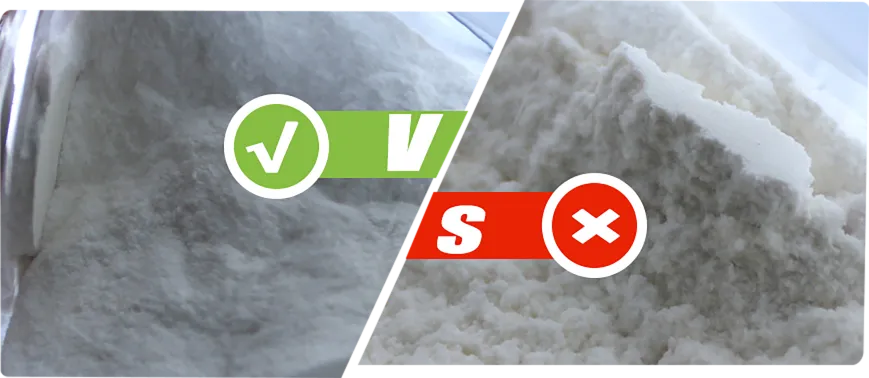
Dùbh . 29, 2024 10:55 Back to list
hpmc vs hec
HPMC vs HEC A Comparative Analysis
Hydroxypropyl methylcellulose (HPMC) and hydroxyethyl cellulose (HEC) are two widely used cellulose derivatives in various industries, particularly in pharmaceuticals, cosmetics, food, and construction. Both of these polymers possess unique characteristics and functionalities that make them suitable for specific applications. This article explores the key differences and similarities between HPMC and HEC, highlighting their chemical structures, properties, and applications.
Chemical Structure
HPMC and HEC are both derived from natural cellulose through chemical modification processes. HPMC is obtained by substituting hydroxy groups in cellulose with methoxy and hydroxypropyl groups, leading to a hydrophilic and thermoplastic polymer. Conversely, HEC is formed by introducing hydroxyethyl groups, which enhances its solubility in water.
The chemical structure of HPMC includes both methoxy (-OCH3) and hydroxypropyl (-OCH2CHOH) groups, making it a versatile polymer. Its significant molecular weight and degree of substitution contribute to its rheological properties, allowing it to function as a thickening agent and film-forming agent. HEC, on the other hand, primarily consists of hydroxyethyl groups, resulting in excellent water retention properties and the ability to form gels.
Physical Properties
Both HPMC and HEC are white, odorless powders that are readily soluble in cold water, forming viscous solutions. However, they exhibit some differences in their physical properties. HPMC tends to have a more consistent viscosity over a wide range of concentrations compared to HEC. The viscosity of HEC solutions can vary significantly with changes in temperature and concentration, making HPMC a more stable choice in applications requiring consistent performance.
hpmc vs hec

The solubility of HPMC and HEC also differs according to the pH of the solution. HPMC is generally stable across a wide pH range (3-11) and retains its viscosity under acidic or alkaline conditions. HEC, while soluble in neutral and alkaline conditions, may undergo hydrolysis in acidic environments, which can affect its performance and stability.
Applications
The unique properties of HPMC and HEC make them suitable for various applications. HPMC is extensively used in the pharmaceutical industry as a binder, disintegrant, and controlled-release agent in tablet formulations. Its film-forming ability makes it ideal for coatings and controlled drug delivery systems. Additionally, HPMC is popular in the cosmetic industry for its emulsifying and thickening properties, as well as in the food industry as a food additive and stabilizer.
HEC, on the other hand, finds its primary applications in personal care products, such as shampoos and lotions, where it serves as a thickener and stabilizer. Its excellent water retention and gel-forming capabilities make it valuable in construction materials, particularly in solutions for wall coatings and adhesives, where improved workability and performance are required. HEC is also utilized in oil drilling fluids and various industrial applications due to its thickening and suspending properties.
Conclusion
In summary, both HPMC and HEC are essential cellulose derivatives with distinct characteristics that lend themselves to a wide array of applications across multiple industries. While HPMC is favored for its stability and versatility in pharmaceutical and food applications, HEC is widely used in cosmetics and construction for its excellent thickening and water-retention capabilities. Selecting between HPMC and HEC largely depends on the specific requirements of an application, including the desired viscosity, pH stability, and solubility. Understanding the properties and functionalities of these polymers is crucial for formulators and manufacturers aiming to optimize product performance in their respective fields.
-
Unlocking the Benefits of HPMC Products: A Gateway to Versatile Applications
NewsAug.07,2025
-
Unleashing the Potential of HPMC Ashland: A Comprehensive Look
NewsAug.07,2025
-
Tile Bonding Cellulose: The Key to Superior Adhesion and Durability
NewsAug.07,2025
-
Hydroxypropyl Methylcellulose Powder: The Versatile Component in Modern Pharmaceuticals
NewsAug.07,2025
-
Hydroxyethyl Cellulose: The Versatile Solution for Various Industries
NewsAug.07,2025
-
Hydroxyethyl Cellulose (HEC): The Versatile Polymer for Various Applications
NewsAug.07,2025







